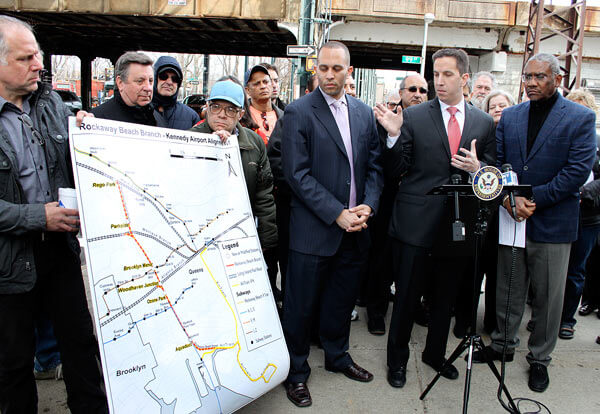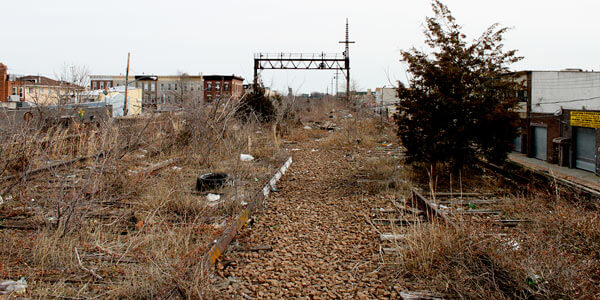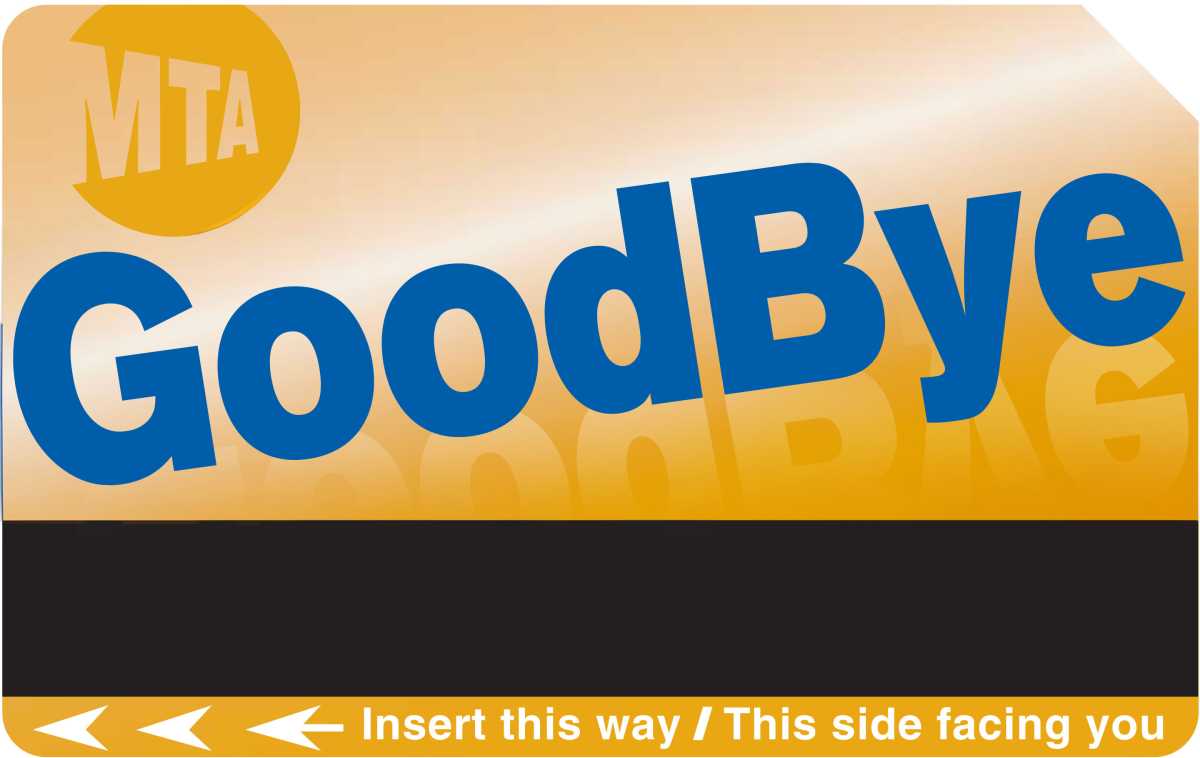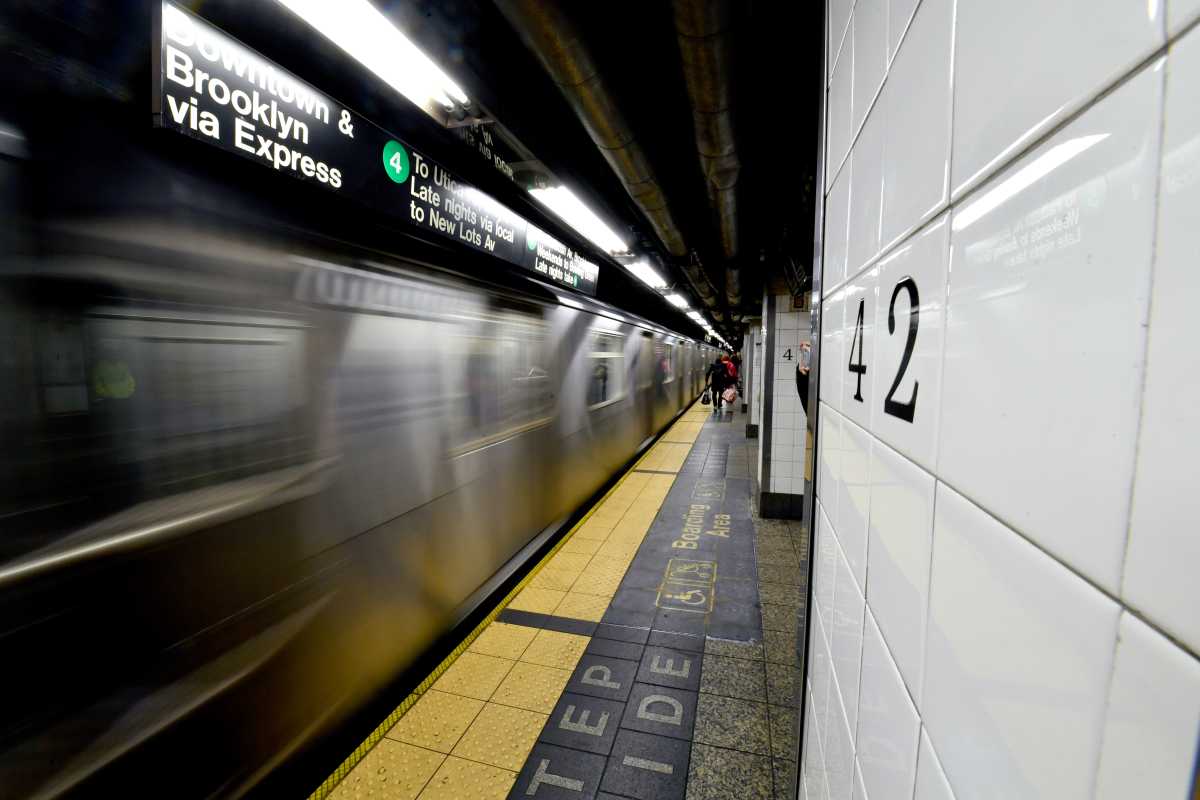By Joe Anuta
Queens lawmakers in support of reopening the derelict Rockaway Beach rail line fired off a letter to the head of the U.S. Department of Transportation last week requesting that Sandy relief money be used to fund a feasibility study.
U.S. Reps. Gregory Meeks (D-Jamaica) and Hakeem Jeffries (D-Brooklyn), along with state Assemblyman Phil Goldfeder (D-Ozone Park), urged DOT Secretary Ray LaHood to allocate a portion of the roughly $60 billion aid package approved by Congress in January to paying for a study to determine the best use of unused elevated track stretching along 99th Street from Forest Park down to Rockaway Boulevard.
That track once connected rails now used by the A train from the Rockaways to Long Island Rail Road tracks that run through Forest Hills and into the city.
“Immediate investment in this project would offer a permanent and viable transit solution for the millions of hardworking families all across Queens,” Goldfeder said.
The Rockaway Beach branch of the Long Island Rail Road was shut down more than 50 years ago, and its tracks have rotted and rusted. Nearly all of the track appears to be owned by the Department of Citywide Administrative Services, according to a review of property records.
But some of the land also seems to have been leased to private entities. On a recent visit to a portion of the tracks near 99th Street and Atlantic Avenue, hundreds of buses were parked on the strip where lawmakers one day hope to see trains.
The assemblyman, Meeks and Jeffries, whose districts cover Howard Beach and parts of South Ozone Park, outlined their vision at a news conference Sunday.
The study would cost several hundred thousand dollars, according to Goldfeder, but would be essential to explore all options for the future of the track.
Goldfeder said that restoring the rail line would be best for the region’s economy and provide crucial support to the Rockaway community devastated by Hurricane Sandy.
But not everyone agrees with him.
Andrea Crawford sits on Community Board 9 and is part of the steering committee for Friends of the QueensWay, a group that wants to turn the abandoned rail line into a linear park.
“Why not turn it into something that would benefit hundreds of thousands of families in central Queens, and give residents safe hiking and biking opportunities?” she said.
The Trust for Public Land recently received a $500,000 grant from the U.S. Environmental Protection Agency to fund a different study — this one would explore what Crawford and other central Queens residents are pushing for, a greenspace similar to Manhattan’s High Line Park.
Crawford said that reactivating a rail line would not only be prohibitively expense — she suggested the price tag would be in the billions — but it would also bypass central Queens.
She contends that Rockaway riders would not want to pay for LIRR tickets in addition to Metro Cards to use A train service, and that a park would be a better use of the resources.
Goldfeder called the grant and its singular scope “frustrating,” and said private funds could go a long way toward making a revived rail line a reality.
Genting, the company that runs Resorts World Casino, earlier pledged to pour money from its coffers into the project because the line could potentially bring more gamblers to the destination, he said.
Reach reporter Joe Anuta by e-mail at januta@cnglocal.com or by phone at 718-260-4566.





































